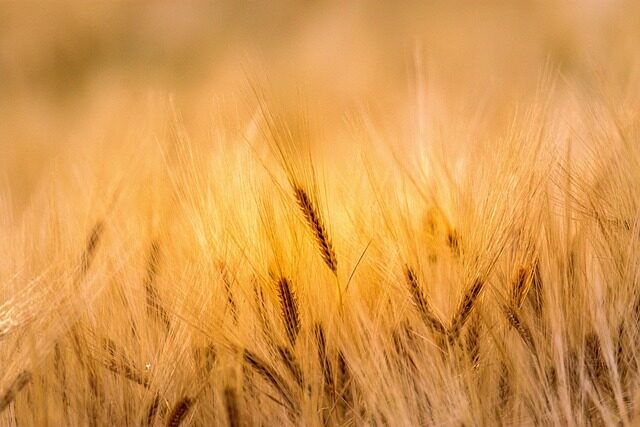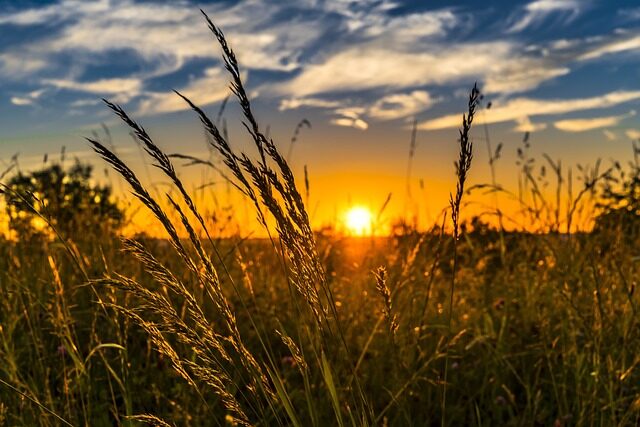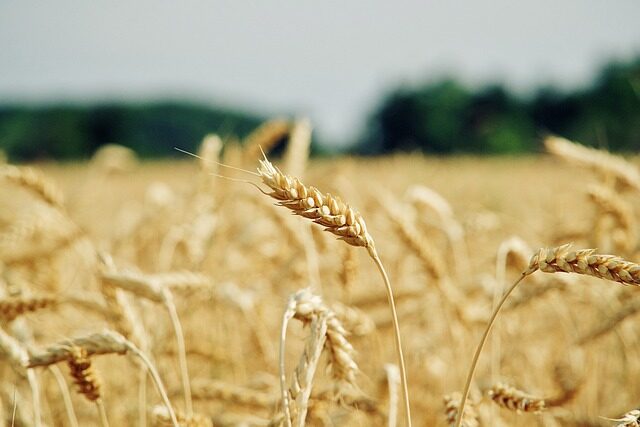The Seter Culture: Norway’s UNESCO-Favoured Summer Farm Heritage
Imbued with a rich past and enduring traditions, the Norwegian summer farm, or ‘the Seter’, stands as a beacon of cultural heritage. This ancient practice, deeply rooted in Scandinavian rural life, continues to captivate those who seek a connection with the pastoral landscapes and customs of yesteryears.
A lingering symbol of Norway’s identity, the Seter reflects a harmonious relationship between the rugged landscapes and the resilient people who have thrived in them. Let’s delve into the world of the Seter and unravel the tapestry of its history, culture, and significance to Norway today.
- What Is The Seter (Norwegian Summer Farm)?
- How To Experience The Seter (Norwegian Summer Farm)?
- What Are The Traditions Of Summer Farming At The Seter?
- Why Is The Seter Important To Norwegian Identity?
- What Can You Find At A Norwegian Summer Farm?
- How Is Summer Farming Preserved In Norway?
- What Distinguishes The Seter From Other Farms In Norway?
- Exploring the Seter Cultural Heritage
- What Is The Seter (Norwegian Summer Farm)?
- How To Experience The Seter (Norwegian Summer Farm)?
- What Are The Traditions Of Summer Farming At The Seter?
- Why Is The Seter Important To Norwegian Identity?
- What Can You Find At A Norwegian Summer Farm?
- How Is Summer Farming Preserved In Norway?
- What Distinguishes The Seter From Other Farms In Norway?
- Exploring the Seter Cultural Heritage
What Is The Seter (Norwegian Summer Farm)?
The seter is an integral part of Norwegian mountain farms, dating back to the Viking Age. It embodies a summer pasture culture where livestock is moved to feed on the rich mountain or forest grazing lands during the warmer months.
These summer farms are not just mere extensions of their parent farms but are complete units equipped with housing, barns, and milking facilities. They have been crucial in utilizing scattered resources and managing livestock effectively.
Historically, the Seter was essential for dairy production, with women playing a significant role in these operations. Today, it remains a vital element of the country’s intangible cultural heritage.
Although fewer in number, these farms continue to operate, preserving a lifestyle that has shaped the very essence of rural Norway for centuries.
Organizations like Norsk Seterkultur work tirelessly to preserve these traditions, aspiring for UNESCO recognition to solidify their importance globally.

How To Experience The Seter (Norwegian Summer Farm)?
Experiencing the Seter can be a profound journey through Norwegian summer farm holidays. Visitors can participate in daily farm activities, savor traditional meals, or simply soak in the tranquil natural surroundings.
- Visitors can stay at a working Seter, engaging with the age-old practices of dairy farming.
- Hiking through the scenic routes that lead to these farms offers breathtaking vistas and a sense of adventure.
- Participating in local festivals and events provides a deeper understanding of the cultural significance of the Seter.
For those interested in an educational experience, places like Maihaugen offer insights into the life and history of these farms.
What Are The Traditions Of Summer Farming At The Seter?
Traditions at the Seter are numerous, ranging from the seasonal migration of livestock to the making of cheese and butter using traditional methods. These summer dairy farming traditions in Norway are not just about sustaining the land and the animals but also about preserving a way of living.
- The seasonal movement called ‘støling’ is when animals are moved to the Seter.
- Cheesemaking processes like ‘ysing’ involve natural elements such as mountain flora to impart unique flavors.
- Folk music and dances often accompany the work and are integral to the social aspect of life on the Seter.
Every aspect of life on these farms is steeped in tradition, from the buildings themselves to the storied practices passed down through generations.
Why Is The Seter Important To Norwegian Identity?
The Seter is intrinsic to Norwegian identity as it encapsulates the nation’s historical resilience and adaptation. These farms are not merely places of work but are the keepers of stories, skills, and a sense of community that has withstood the test of time.
They symbolize the country’s bond with nature, showcasing how generations have flourished by respecting and utilizing the land. This connection to the past is a proud aspect of what it means to be Norwegian, a sentiment deeply cherished across the nation.
What Can You Find At A Norwegian Summer Farm?
At a Norwegian summer farm, one can discover a world where simplicity and sustainability reign. These farms, often quaint wooden structures, are set in stunning landscapes and provide a respite from modern life.

- Traditional Norwegian farm animals like goats, cows, and sheep.
- Handcrafted dairy products with distinct, locally sourced flavors.
- Historical artifacts and tools that tell the story of rural life.
Visitors can also find warm hospitality and a chance to engage with longstanding traditions that continue to shape the land and its people.
How Is Summer Farming Preserved In Norway?
In Norway, the preservation of summer farming is a collective effort involving government, private organizations, and local communities. The Seter is maintained not only as a piece of the nation’s past but as a vibrant, living tradition.
Initiatives such as education programs, grants for maintenance, and promotion of sustainable tourism all contribute to the ongoing life of these summer farms.
Moreover, the commitment to seeking UNESCO recognition is a testament to the national and international significance of this heritage.
What Distinguishes The Seter From Other Farms In Norway?
The Seter is distinguished from other Norwegian farms by its seasonal operation and the specialized practices it supports. It is a system that has been honed over centuries to make the most of seasonal pastures.
Unlike year-round farms, the Seter is temporary, yet it plays a central role in the rural economy and cultural life, offering a unique blend of agriculture, history, and identity.
To truly grasp the essence of the Seter, one must understand its seasonal rhythm and the deep connection it fosters between people, livestock, and the land.

Discover the Seter’s allure through this insightful video:
Exploring the Seter Cultural Heritage
The Seter’s cultural heritage is an open book to the values, skills, and livelihoods that have sustained Norwegian communities for generations. It offers a glimpse into the past while demonstrating the adaptability and resilience that characterize the Norwegian spirit.
Exploring this heritage is more than a historical study; it is an experience that engages all the senses and connects visitors to the enduring heart of Norway.
As we delve into the Seter’s legacy, we not only celebrate the traditions that have been preserved but also understand the vital role they play in shaping the future of Norway’s rural identity and sustainability.

